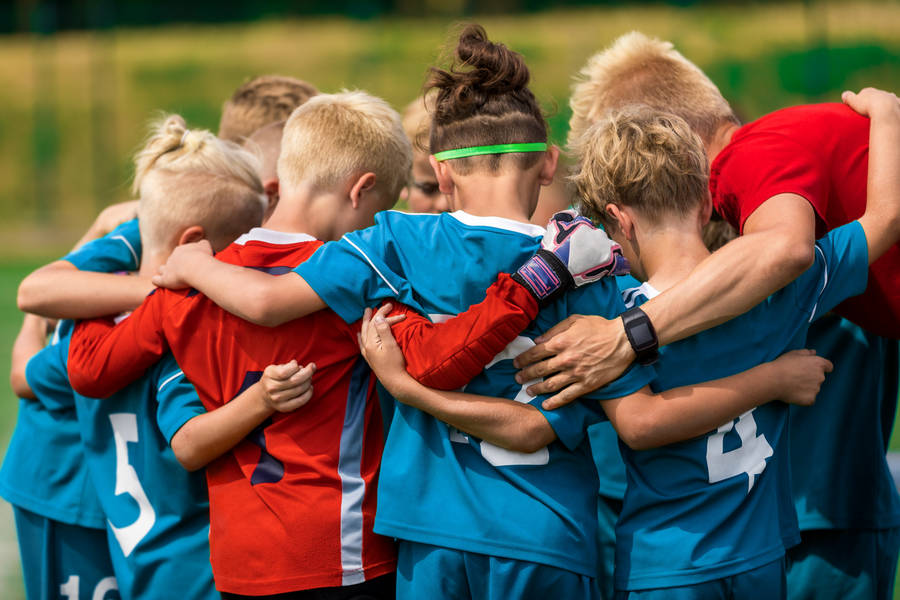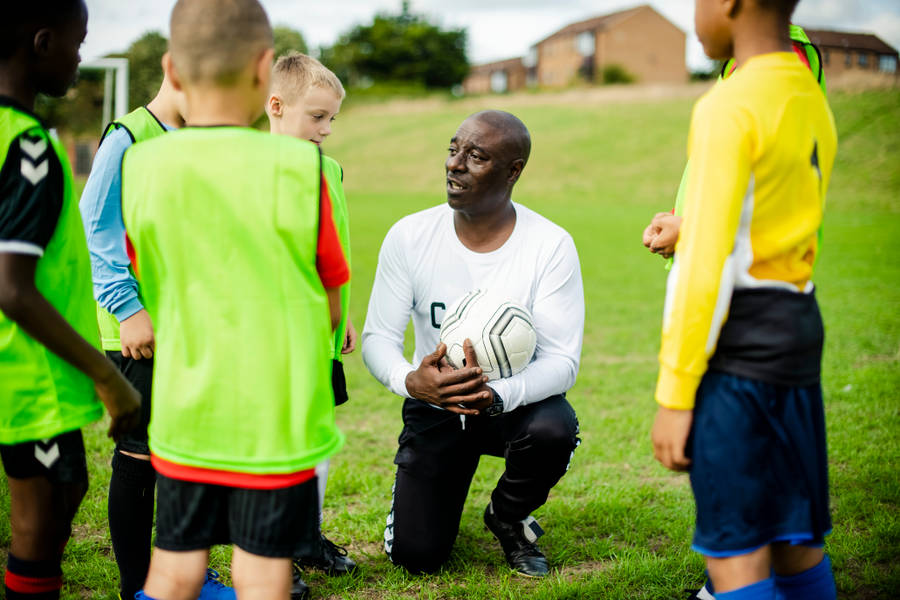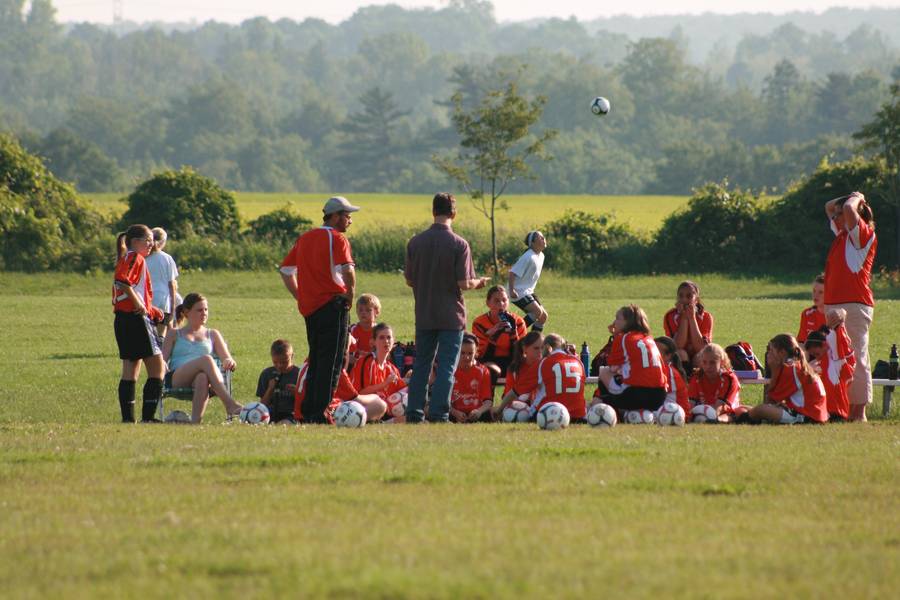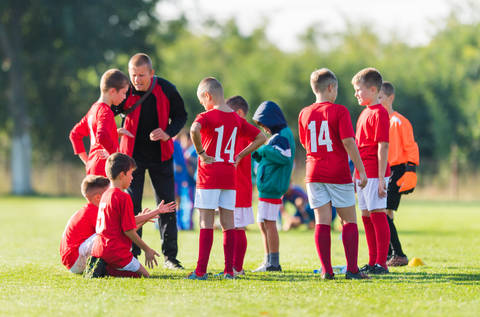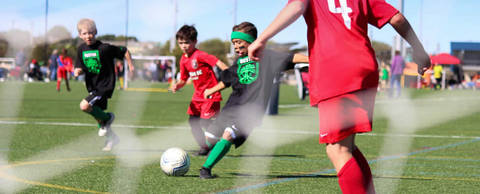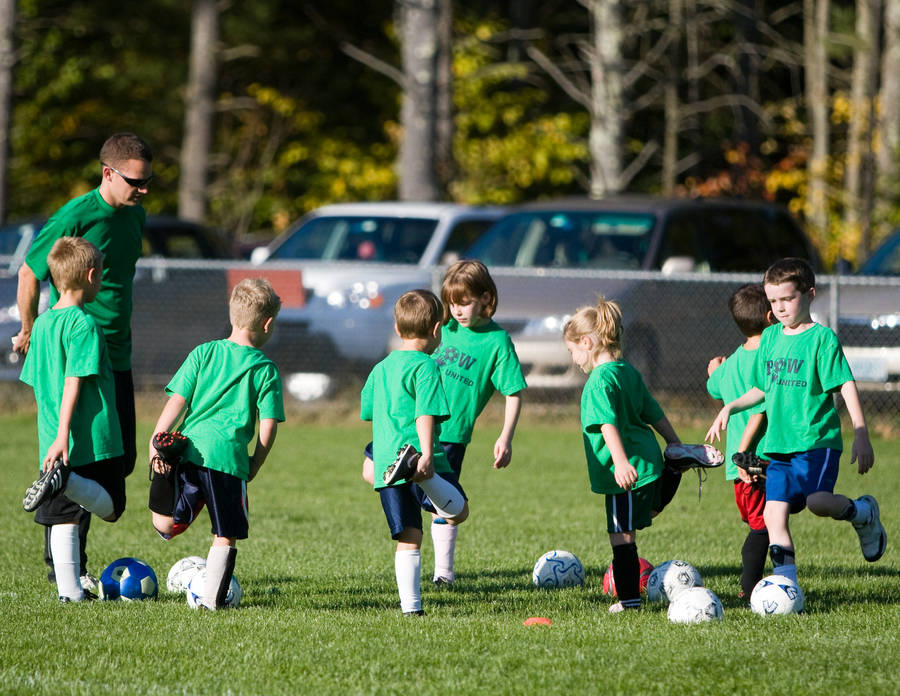
After nearly thirty years in Grassroots football in one form or another I can’t help noticing that my squad today looks markedly different from the group of youngsters I was first involved with. Back then homogeneity was the norm, both in terms of who played and who coached. Fast forward to today and Tuesday night training sessions paint a picture of modern Britain with girls and boys from diverse ethnic backgrounds sharing the pitch, and parents speaking multiple languages clustering around the touchline sharing flasks of tea.
This transformation of grassroots football represents more than just changing demographics, it reflects a fundamental shift in how communities engage with the game. Recent FA statistics reveal that 47% of grassroots players now come from diverse ethnic backgrounds in urban areas, while female participation has surged by 54% in the past five years.
The evolution of football at its most fundamental level mirrors broader societal changes, but this transformation hasn't happened by accident. Recent data from the Football Association reveals that while 33% of professional footballers are from black and minority ethnic backgrounds, only 4% of grassroots coaches shared similar heritage as recently as 2019. This stark disparity sparked the FA's groundbreaking Coaching Diversity Fund, which has since supported over 1,000 coaches from underrepresented backgrounds in achieving their coaching qualifications and creating a ripple effect across local communities.
The impact of diverse leadership extends far beyond statistics. When young players see coaches who reflect their own experiences and cultural understanding, it creates what Dr. Sarah Williams, a sports sociologist at Loughborough University, calls the ‘possibility model’. Her recent study of inner city football programmes found that participation rates among minority ethnic girls increased by 64% when clubs employed coaches from similar backgrounds. This research promotes the traditional ‘if you can see it, you can be it’ mantra, suggesting instead that representation at the grassroots level might be even more crucial than having role models in the professional game.
As ever though, the financial barriers to participation remain stubbornly high, with a recent Sport England survey indicating that the average family spends £1,020 per year, per child, on grassroots football. This cost, including boots, kit, training fees, and tournament entries, can effectively price out many families during a cost of living crisis. However, innovative solutions are emerging at thecommunity level. The Rising Stars initiative in Manchester for instance has pioneered a kit recycling programme that has supplied over 3,000 young players with free equipment whilst simultaneously reducing waste and promoting environmental consciousness.
Cultural integration through football has taken on new significance in recent years. I’ve heard of Unity Cup tournaments that bring together teams representing different cultural communities but with a twist, as players must be distributed so that no team can field more than six players from the same ethnic background.
The women's game has experienced particular turbulence in its journey toward equality. While the Lionesses' European Championship victory in 2022 catalysed unprecedented interest in women's football, the grassroots infrastructure has struggled to keep pace. A comprehensive study by the Women in Football network found that 60% of girls' teams still lack regular access to suitable changing facilities, while 45% share pitches with multiple other teams, limiting training time and development opportunities. Yet, necessity has bred innovation, such as the Girls United programmewhich has pioneered floating leagues where teams share facilities and coaches on a rotating basis, maximising resources while building broader community networks.
The changing face of football leadership perhaps best illustrates the sport's evolution. The FA's Coaching Diversity Programme has trained over 2,000 coaches from underrepresented backgrounds since 2020, creating what its programme director calls a ‘multiplier effect’ in local communities. ‘When young players see coaches who look like them, speak like them, understand their cultural background, it transforms their relationship with the sport,’ he explains.
Yet challenges remain. Rural areas often lag behind urban centres in diversity initiatives. Access to quality facilities remains unevenly distributed, and despite progress, incidents of discrimination still occur. However, the grassroots response to these challenges demonstrates the resilience and creativity of local football communities and the willingness to improve participation across the board.
Walking football, initially developed for older players, has evolved to become a crucial bridge for integrating players with different physical abilities into mainstream clubs. These sessions often become intergenerational social hubs, where teenage coaches work alongside retired players, sharing knowledge and breaking down age related stereotypes.
Cultural integration through football has taken on new significance amid changing demographics. In areas with high numbers of refugee and asylum seeking families, football has emerged as a crucial tool for community cohesion.
This impact extends well beyond the pitch. Local businesses increasingly recognise diverse grassroots football as a valuable partnership opportunity. In Leeds, a consortium of small businesses from different cultural backgrounds now sponsors the Sunday League, creating what local organiser Pat Thompson calls ‘a virtuous circle of community engagement.’
The future presents both opportunities and challenges for us all. Climate change affects playing conditions and season structures. Rising costs threaten accessibility. Social media can both connect and divide. Yet the grassroots response to these challenges continues to demonstrate remarkable adaptability.
The transformation of grassroots football both reflects broader societal changes but also drives them. When children grow up playing alongside peers from different backgrounds, when parents from various communities share touchline conversations, when players of different abilities contribute to the same team's success, the impact resonates far beyond the final whistle.
Looking towards the future, the evolution of grassroots football offers valuable lessons about community, adaptability, and inclusion. Our sport's capacity to embrace diversity while maintaining its essential character demonstrates how tradition and progress can coexist and enrich each other. The mud spattered boots may look the same as they did thirty years ago but the feet wearing them, and the communities they represent, paint a picture of modern Britain.
The game hasn't changed, it's still about passion, skill, and teamwork. What's changed is our understanding of who can share in that joy.

